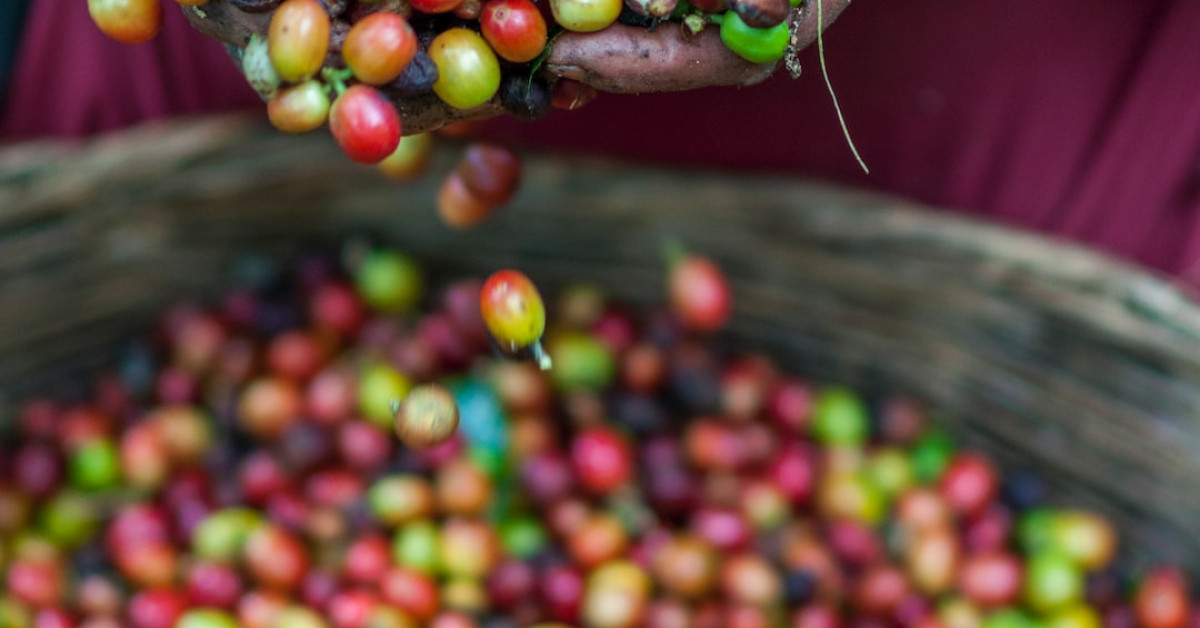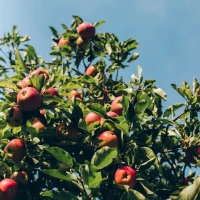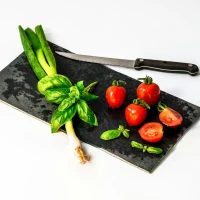There’s a symphony of senses at play when it comes to selecting the perfect cantaloupe. The right choice leads to juicy slices, sweet aromas, and sunny smiles around the breakfast table. But with a misstep, you’re faced with bland, uninspired bites that leave taste buds yearning. Discovering how to tell if a cantaloupe is ripe isn’t just a matter of chance—it’s an art form. Whether you’re a gardening enthusiast nurturing your homegrown produce or a savvy shopper navigating the maze of the local farmer’s market, this comprehensive guide is designed to empower your cantaloupe selection with pro tips for determining ripe cantaloupes.
Navigating Nature’s Candy: A Guide to Cantaloupe Ripeness
Cantaloupes, those quintessential orbs of summer sweetness, offer not only refreshing hydration but are packed with nutrients and flavor. Picking a ripe cantaloupe isn’t just about having a pleasant eating experience; it’s also about maximizing nutrition and value for money. But how do you navigate your way through rows of seemingly identical cantaloupes to find that one ripe treasure?
The Appearance Inspection
Before we delve into more tactile and olfactory methods, understanding the visual clues is paramount:
- Look for a cantaloupe with a cream-colored rind; it’s a telltale sign that it has ripened under the sun’s loving rays.
- Observe the netting pattern; a well-defined, raised netting is desirable and indicates maturity.
- Examine the color contrast; ripe cantaloupes often have a subtle shift from green to beige in their underlying hue.
The color of the skin and the prominence of the netting are your first indicators. A faintly golden, matte finish as opposed to a glossy green promises a mellow sweetness inherent in ripe cantaloupes.
The Weighty Decision: Heft and Density
Lift the cantaloupe. Does it feel heavy for its size? A ripe cantaloupe will exhibit a certain heft, whispering secrets of juiciness sealed within. This weight is the result of the water content, which increases as the fruit matures and becomes more succulent.
The Stem-End Signature
When a cantaloupe reaches its peak ripeness, it naturally detaches from the vine. This is known as the slip stage. At the market, you’ll look for a clean indentation where the stem was attached. If a cantaloupe still has part of the stem attached, it’s a sign of having been harvested too early and may lack flavor.
The Aromatics of Ripeness
Now, bring the cantaloupe close—a ripe one isn’t shy about flaunting its fragrance. The blossom end, opposite the stem indentation, should emit a sweet, musky aroma when ripe. It should be pleasant, not overpowering or accompanied by a scent of fermentation. A lack of fragrance may indicate an underripe melon, while an unpleasant, alcoholic smell could signal overripeness or spoilage.
To Thump or Not to Thump: Deciphering Sounds
The age-old art of thumping a cantaloupe involves tapping the rind and listening for a sound indicative of ripeness. Opinions differ, but you’re listening for a dull thud rather than a hollow echo—suggesting a dense, water-laden flesh over the lightness of an unripe or overly hollow fruit.
The Tactile Test: Pressure Points
Applying a gentle pressure to the blossom end should result in a slight yield. It should feel firm but not hard. A too-soft end may point to an overripe cantaloupe, which is likely past its prime with a texture that’s less than ideal.
Subtleties of Touch
- The skin texture: It should feel slightly waxy but not slippery.
- The ribs or segments: These should be distinct to the touch, another sign of a good ripe cantaloupe.
Deep Dive: The Inner Anatomy of Ripe Cantaloupes
Once you’ve brought your cantaloupe home, the final quality test comes with the first cut. A ripe cantaloupe reveals itself in the color and texture of its inner flesh.
The Visual Reveal: Color and Consistency
Inside, the flesh of a ripe cantaloupe is typically a deep orange, vibrant and inviting. Alongside the hue, look for consistent coloring throughout. Greenish or overly pale areas might indicate areas that are less sweet and flavorful.
The Seed Cavity: Spacial Considerations
A ripe cantaloupe’s seeds should be easily scooped out, nestled in a cavity that’s proportional to the size of the fruit. If the cavity seems too large or the seeds are too sparse, this may imply overripeness.
Texture and Juice Factor
The texture should be buttery and tender, a quality that can be visually deduced when the knife slides through without resistance. A ripe cantaloupe should glisten with its own nectar—one of the most delightful heralds of its sweetness.
Storing Your Ripe Cantaloupe: A Cautionary Tale
The journey of a ripe cantaloupe doesn’t end at the selection; storage plays a critical role in maintaining its ripe perfection.
Counter or Cooler? Assessing the Best Environment
A ripe cantaloupe can be left at room temperature if consumed within a day or so. However, if you’re planning on savoring it later, the refrigerator is your ally, slowing down the ripening process and preserving its flavor.
Ripeness Retention Techniques
- In the refrigerator: Place your ripe cantaloupe in a plastic bag in the crisper drawer.
- If cut: Store it in an airtight container to keep it from absorbing other flavors.
Your Cantaloupe Culinary Journey
The sweetness of a ripe cantaloupe can be a standalone treat or an ingredient that elevates a dish. Its versatility is not to be underestimated.
Cantaloupe in Cuisine: Recipe Ideas
The ripe cantaloupe you’ve expertly chosen can be the star in various culinary creations:
- In a salad: Paired with savory feta or prosciutto for a refreshing contrast.
- As a sorbet: Its richness makes for a memorable frozen dessert.
- In smoothies: Combined with other fruits and yogurt for a nutrient-rich drink.
Garnishing with Cantaloupe
This melon, due to its sweetness and texture, complements dishes as a garnish as well. Consider thin slices atop a savory gazpacho or cubed pieces decoratively skewered on a cocktail glass.
Nurturing Your Own: Cantaloupe Cultivation
For the avid gardener, growing your own cantaloupes offers a rewarding way to ensure ripeness—even more so when you’re armed with the knowledge of how to tend and harvest them.
Understanding the Growing Cycle
- Seed selection: Start with seeds known for their sweetness and hardiness.
- Planting conditions: Cantaloupes crave warm soil, plenty of sun, and room to spread.
Harvesting Homegrown Ripe Cantaloupes
When to harvest is the gardener’s quandary, but these indicators align with what you’ve learned about selecting ripe cantaloupes at the market. The stem’s natural slip, color deepening, and fragrance emerging are all telltale signs.
Sustainable Growing Practices
Consider composting and natural pest control as part of your horticulture philosophy. Healthy, well-tended cantaloupes are more likely to reach the peak of ripeness.
The Reward of Patience
With anticipation and attention to detail, the moment you pluck a cantaloupe from your own vine and slice into its perfectly ripe flesh is one of life’s simplest, yet profound, pleasures.
Final Thoughts: Immersion in the World of Cantaloupes
Whether grown from seed or sought out amongst market stalls, ripe cantaloupes represent nature’s gift of sweetness and sustenance. As you apply these pro tips, may you find that the journey of how to tell if a cantaloupe is ripe becomes as enjoyable as the destination itself—a delicious, ripe cantaloupe waiting to be savored. Armed with this guide, you’re not only a savvy selector of ripe cantaloupes but an advocate for the mindful appreciation of every delicious bite.










